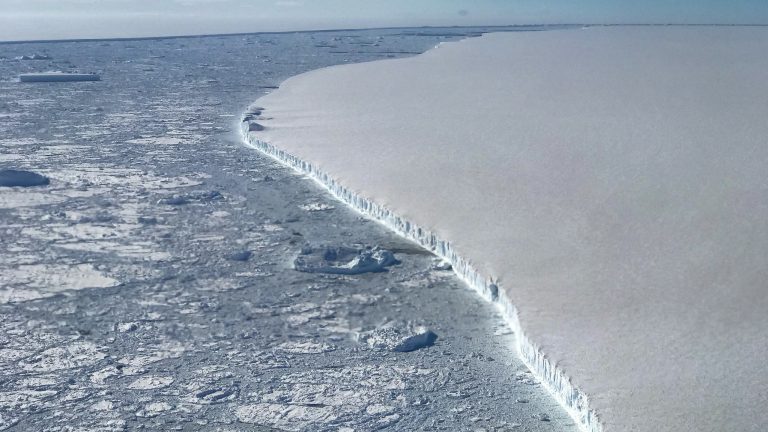Transcript:
At NASA's Jet Propulsion Laboratory, engineers are developing robots that can spend months collecting data beneath Antarctica's giant ice shelves.
Ice shelves form where land meets ocean and extend out onto the water. They feed on ice caps on land. As climate changes, warming waters are eroding the bases of ice shelves. If they collapse, melting ice from the land will flow into the ocean more quickly, greatly accelerating sea level rise.
Therefore, scientists need to know more about how quickly the base of the ice shelf is melting. But this is a difficult place to collect data.
Glick: “The distances are huge and the temperatures are freezing. It's one of the least explored places on Earth.
Robotic mechanical engineer Paul Glick and his team are developing the IceNode robot.
They are about eight feet tall and have spring-loaded legs that attach to the bottom of the ice.
The robots have large batteries so they can stay underwater for months.
Glick: “This is really important because it allows us to measure melt rates over long periods of time and understand how conditions change on a daily and seasonal basis.”
The data will help scientists better predict the rate of sea level rise so coastal communities can prepare.
Report source: Sarah Kennedy/ChavoBart Digital Media
Only 28% of U.S. residents regularly hear about climate change in the media, but 77% want to know more. Help us bring climate news to more people.
